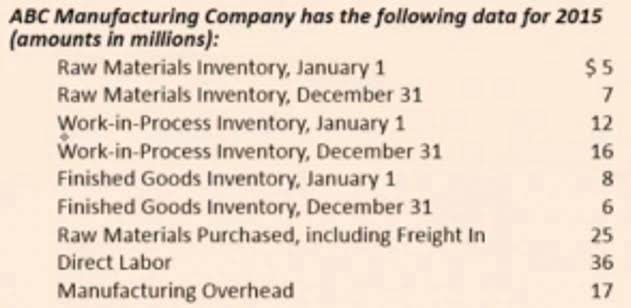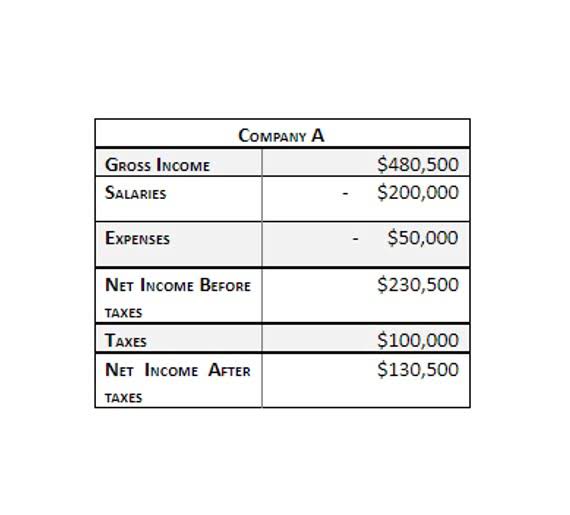
Millimeter is used for measuring small lengths and visible distances. In real life, it is considered to be the size of a wire used in paper clips. Millimeters can be converted to other metric units such as centimeters, meters, inches, and kilometers. We can use the following conversion chart to convert millimeters into different metric units of length. Most country’s weather services report the amount of rain over a day and add the amounts together to get monthly or annual measurements, but it is possible to take measurements more frequently. More frequent measurements can be used to report rainfall intensity over a shorter period.
You see real learning outcomes.

This numerical system has the digits 0, 1, 2, 3, 4, 5, 6, 7, 8, 9. It was first created in India, and from there, it progressively spread to https://www.bookstime.com/ Arabia and China. The numerical transformation post 13th century in Europe is largely credited to Leonardo of Pisa, also known as Fibonacci.
Find a Conversion
For example, the Roman numeral MM is frequently used to designate that the units used in presenting information (financial and non-financial) in millions. For example, an annual salary of $60,000 might appear as $60k instead of $60M. The base unit for a millimeter is meter and the prefix is milli. The prefix milli is derived from the Latin mille meaning one thousand and is symbolized as m in the Metric System. Milli denotes a factor of one thousandth (1/1000th) which means that there are 1,000 millimeters in a meter.

Additional Resources
- To make the conversion easier, you can use the millimeters to inches conversion calculator provided on this page.
- For example, M in Roman numerals stands for one thousand, while a bar above the M denotes a million.
- They provide a convenient unit of measurement for fine details.
- Fundamentally it means that it filled a rain gauge (of some type) to 3mm height.
- Here’s a fun example to understand why small units are important.
All you have to do is count how many times it pivots to measure the rainfall. If you assume that rain is essentially pure water, then the weight is directly related to the volume. Divide that volume by the area of the top of the gauge and you get mm of rain. As you can imagine, it doesn’t matter how big this gauge is, as long as the sides are straight.
How many sand grains at 1mm could you line up along a meter stick?
In the UK inches are also used for body height and objects that were traditionally measured this way such as vinyl records. Inches are used mainly in the United States but it is common to find people using inches in the United Kingdom especially what does mm mean for body measurements, trades and fashion. Inches are a standard worldwide in electronics and semiconductors. To convert mm to inches you need to divide the value in mm by 25.4 as there are this many millimeters in an inch.

Unfortunately, there isn’t a consistent approach to labeling units. The least ambiguous approach is to simply write them out in words, such as “$ thousands.” This is Corporate Finance Institute’s recommended method, to avoid any potential confusion. This table provides a summary of the Length or Distance units within their respective measurement systems. Get instant access to lessons taught by experienced private equity pros and bulge bracket investment bankers including financial statement modeling, DCF, M&A, LBO, Comps and Excel Modeling.

Millimeter is the metric unit of length used for measuring small objects and quantities such as medicines, length of a pen tip, etc. While measuring the length of any object, meter, centimeter, millimeter, and inch are used. Let us learn more about this metric unit, the conversions, and solve a few examples to understand the concept better. Here’s a fun example to understand why small units are important. Gulliver, a sea captain and a surgeon, ends up on the island of Lilliput, where people are only about 6 inches in height. Everything in the town is so small, he has to document everything in smaller units like inches and millimeters (mm).
- Lots of people have explained it over many sites but I still can not confidently say that I know what it means when they say Hong Kong experienced 3mm of rainfall last Friday.
- And it’s still true that a storm that affects a larger area with 3mm of rainfall does put down more total water quantity in entirety.
- The k abbreviation should be used with tangible and physical subjects like distance and weight.
- In the UK inches are also used for body height and objects that were traditionally measured this way such as vinyl records.
- The prefix milli is derived from the Latin mille meaning one thousand and is symbolized as m in the Metric System.
- I can imagine though that among Meterologists the sentence “Hong Kong reports 3 mm of rain” is taken to mean “The Hong Kong Observatory reports 3 mm of rain”, and equivalently for other places.
- So regardless of whether it’s a Hong-Kong sized downpour or a China sized rain system, if it puts down 3mm, it tends to have similar impacts throughout the region affected.
We often find the abbreviation (mm) on financial statements, which stands for millions. Unfortunately, this practice can occasionally cause confusion within the financial industry as multiple numerical abbreviations are used interchangeably within society. I will address the aspects of the question that relate to how rainfall is measured and the measurement period. Given any container with straight sides, 3 millimeters of rainfall will fill up that container to 3 millimeters in depth.